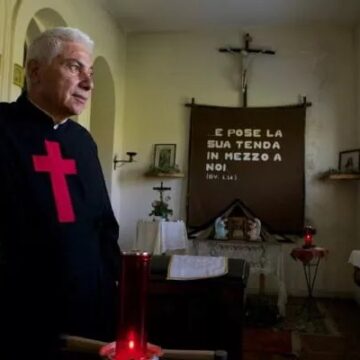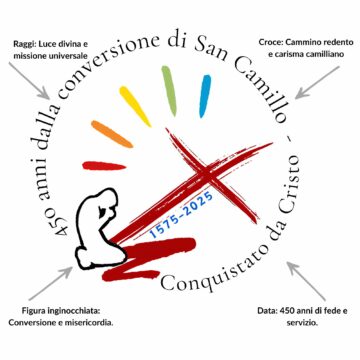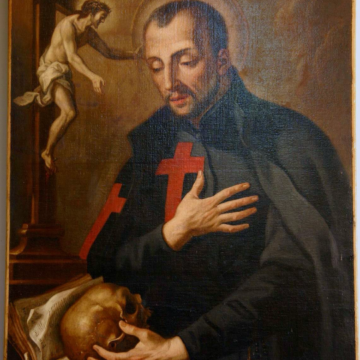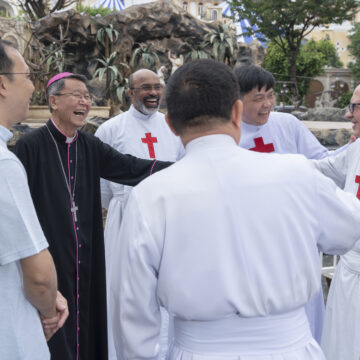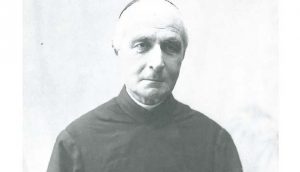 By Angelo Brusco in Camillianum – Books of camillian history and spirituality – No.1, 1990, pp.93-109
By Angelo Brusco in Camillianum – Books of camillian history and spirituality – No.1, 1990, pp.93-109
Analyzing the biography of Luigi Tezza, a Camillian religious whom John Paul II raised to the honor of the altars on November 4, 2001, one is struck by the variety of events and the multiplicity of tasks that have characterized it. In fact, of his 82 years of life, he spent 40 in Italy, 19 in France and 23 in Peru. During this long period of time, he was an educator, responsible for the community, founder of a religious institute that engages in the care of the sick – the Daughters of St. Camillus, director of souls and reformer.
The unifying element What was the thread that held such a complex existence together? The answer to this question emerges easily from an even superficial examination of the life journey accomplished by Tezza, and can be summarized in a brief expression that contains the core of the charism of the Order of the Ministers of the Sick, founded by St. Camillus de Lellis at the end of the XVI century; merciful love towards the sick and the promotion of health. It is on this unifying element of the life of the Blessed that the reflections of this article will be centered. Biographical card Born in Conegliano (Treviso) on November 1, 1842, Tezza entered the Camillian seminary of Santa Maria del Paradiso in Verona at the age of fifteen. Ordained priest in 1864, he spent the first years of his priestly ministry in the cities of Verona and in Rome, engaged above all in the formation of candidates for the consecrated and priestly life. Sent in France, in 1871, he contributed decisively to the development of that foundation, begun two years earlier. During his term as provincial superior, the French Camillian province extended from the diocese of Autun to Lyon, Lille, Cannes, Théoule-sur.Mer, Tournai (Belgium). In 1889 Tezza was elected Vicar, Procurator and General Councilor of the Camillian Order. During that period, which lasted until 1898, he combined his responsibilities as Vicar General with intense pastoral activity and founded the Congregation of the Daughters of St. Camillus. After his term as General Councilor, in 1898 Tezza returned to France only for a short period, because two years later he was called to go to Peru as a general visitor to the Camillian community of Lima. In the Peruvian capital the Camillians, present for just over two centuries, had woven a story full of lights and shadows. Always faithful to the Camillian charism, they were dedicated with great ardor to the service of the seriously ill and dying, engaging also in the academic activity in the university. Unfortunately, the troubled political events of the South American continent and the separation from Rome, desired by the Spanish monarchy, did provoke numerous crises and a bitter degradation in the observance of religious life. When in 1897, the Peruvian foundation re-united to Rome, it was necessary to have the presence and action of someone who indicated the steps to be taken to return to a lifestyle that conforms to religious needs. Father Tezza was chosen for this mission. In carrying out this task he made use of the rich qualities of his personality, which was refined by the long experience of formation and administration, happily harmonizing sweetness and firmness, understanding and confrontation. The reform project had a happy outcome, bringing the Camillian community back to its primitive spirit. In the Peruvian capital Tezza ended his earthly pilgrimage. He died on September 26, 1923.



